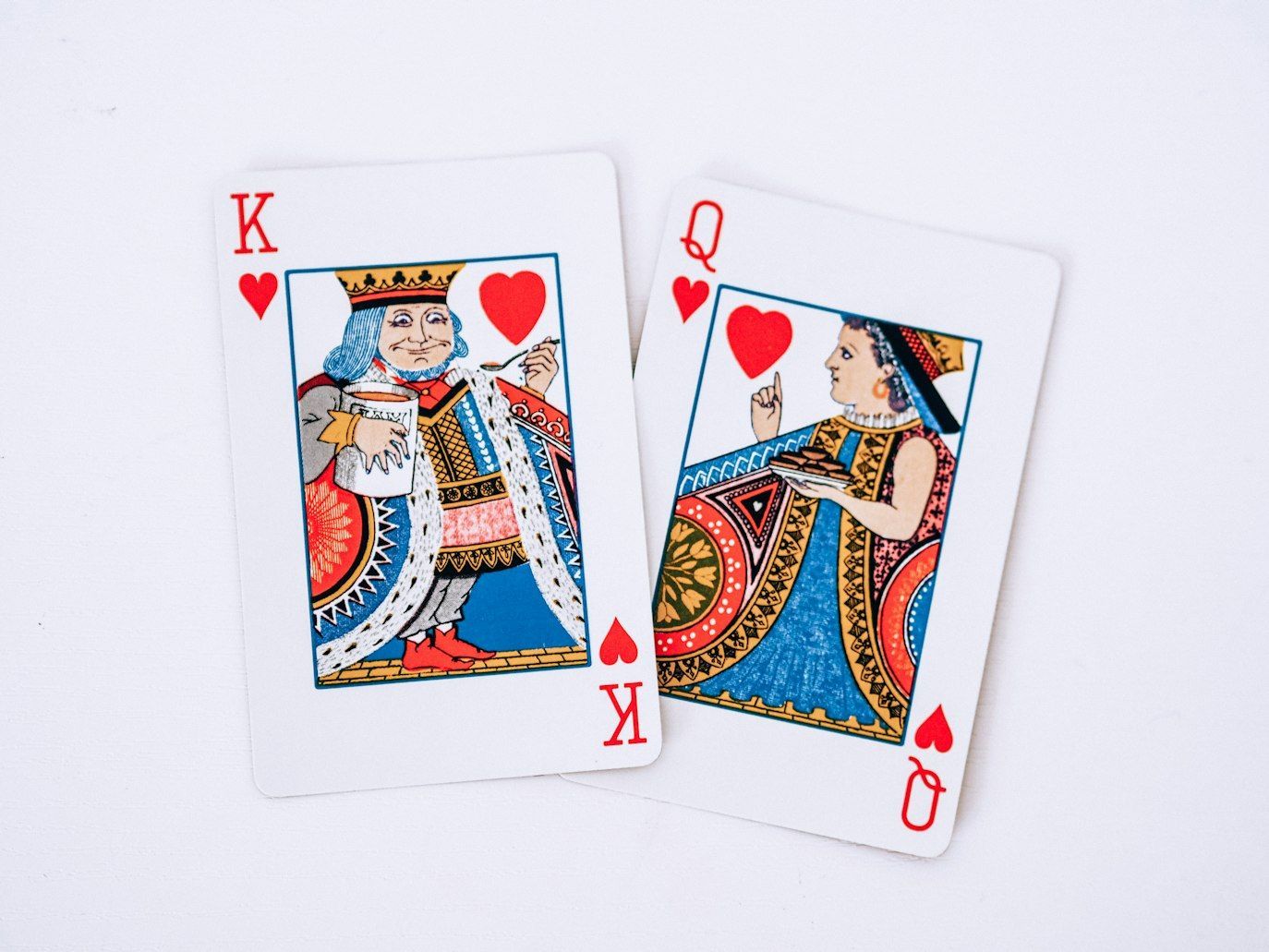Black and white, and every idiom in between
They caught us red-handed! Here are the origins of 10 colorful idioms
Published on July 28, 2025
 Credit: Robert Katzki
Credit: Robert Katzki
Idioms let us express ideas in creative and colorful ways. Luckily for us, English is full of popular expressions—many of which use the colors of the rainbow to describe moods, feelings, and all sorts of everyday situations. Join us as we explore the meanings and origins of 10 color idioms that brighten up our daily conversations!
Red flag
 Credit: C. G.
Credit: C. G.
If you show up at the beach and see a big red flag, you know it signals danger. This association between the color red and warning signs has carried over into everyday language. Nowadays, when someone speaks of a "red flag," they're referring to those aspects or attitudes of a person that need to be examined with caution, as they may be indicators of trouble ahead. For example, if a friend tells you her partner never replies to her messages, you might think: "Red flag!" The idiom is believed to have originated in 17th- and 18th-century military and naval traditions, where red flags were used to signal battle or to warn of danger.
In the black
 Credit: Towfiqu barbhuiya
Credit: Towfiqu barbhuiya
This phrase comes from the accounting world, back when everything was done by hand and computers hadn’t completely taken over our world. Red ink was used to record losses or deficits, while black ink indicated profits. That’s why we say someone—more often, a company—is in the black when their finances are in good shape and they have a positive balance.
Golden handshake
 Credit: Constantin Wenning
Credit: Constantin Wenning
We all know a good handshake usually signals a deal, but if the handshake is golden, it means the deal has been juicy, at least for one of the parties. When we say that an employee received a golden handshake, it means they were given a large sum of money or generous benefits, typically as part of early retirement or a negotiated departure. The idiom is believed to have originated in the UK in the mid-20th century, during the rise of the corporate world.
Greener grass
 Credit: Christopher Machicoane-Hurtaud
Credit: Christopher Machicoane-Hurtaud
Sometimes, we forget to recognize and appreciate what we’ve achieved, choosing instead to focus on what others seem to have. That’s exactly the idea behind the classic phrase "The grass is always greener on the other side." This kind of envy is nothing new—the idiom actually dates back to the first century BC! The Roman poet Ovid first expressed it as Fertilior seges est alieno semper in arvo, which translates to "The harvest is always more fruitful in another man's field."
White flag
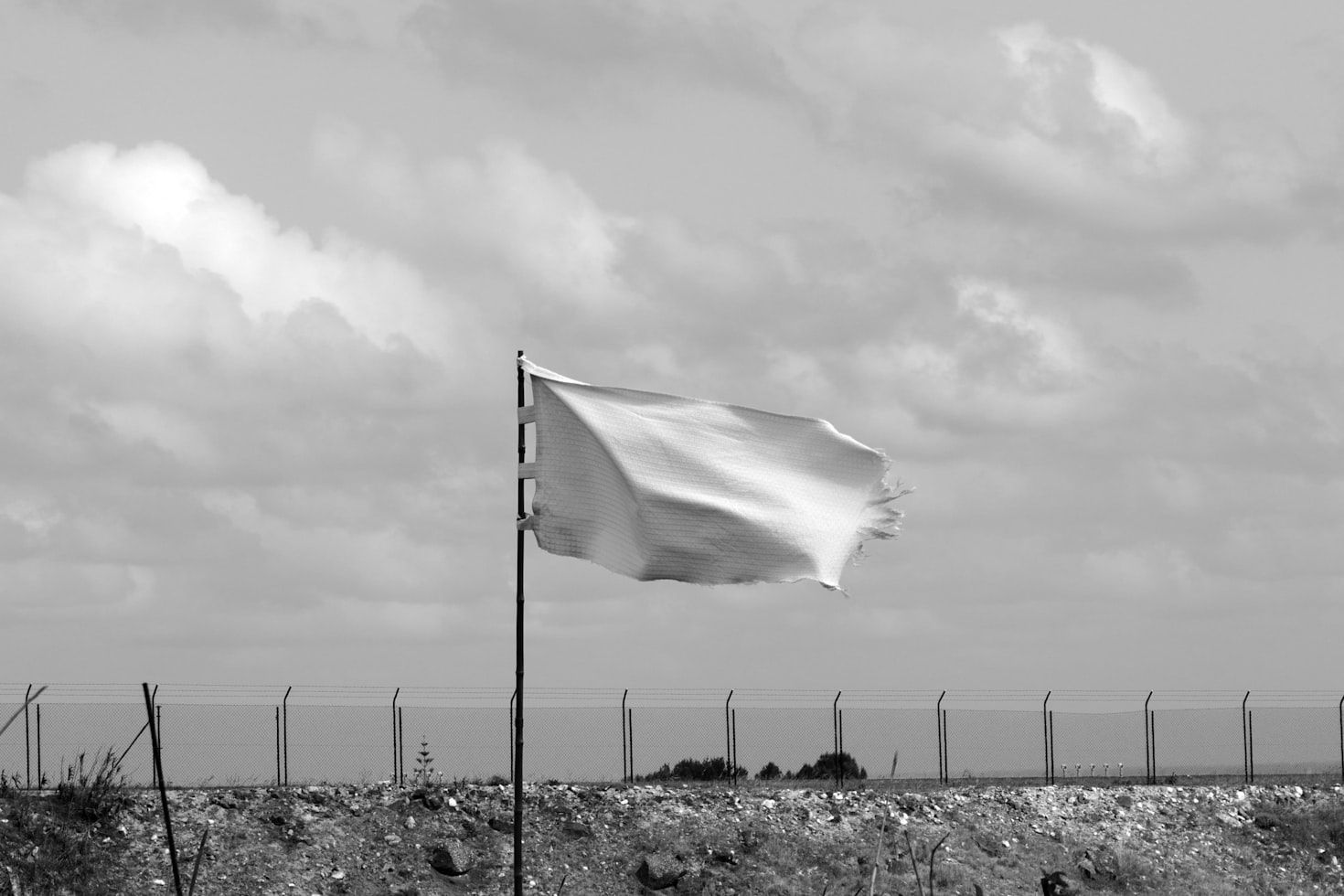 Credit: Pedro Farto
Credit: Pedro Farto
You’ve probably found yourself in a pointless argument at some point. When you realize that winning the debate isn’t worth it, you might choose to surrender for the sake of peace. At that moment, it’s said that you’re raising a white flag. Of course, this idiom comes from the actual practice of raising a white flag during war to signal a truce or surrender. The tradition is so old that it's believed even ancient Roman and Chinese armies used white flags—or white garments—to signal they were laying down their arms.
To paint the town red
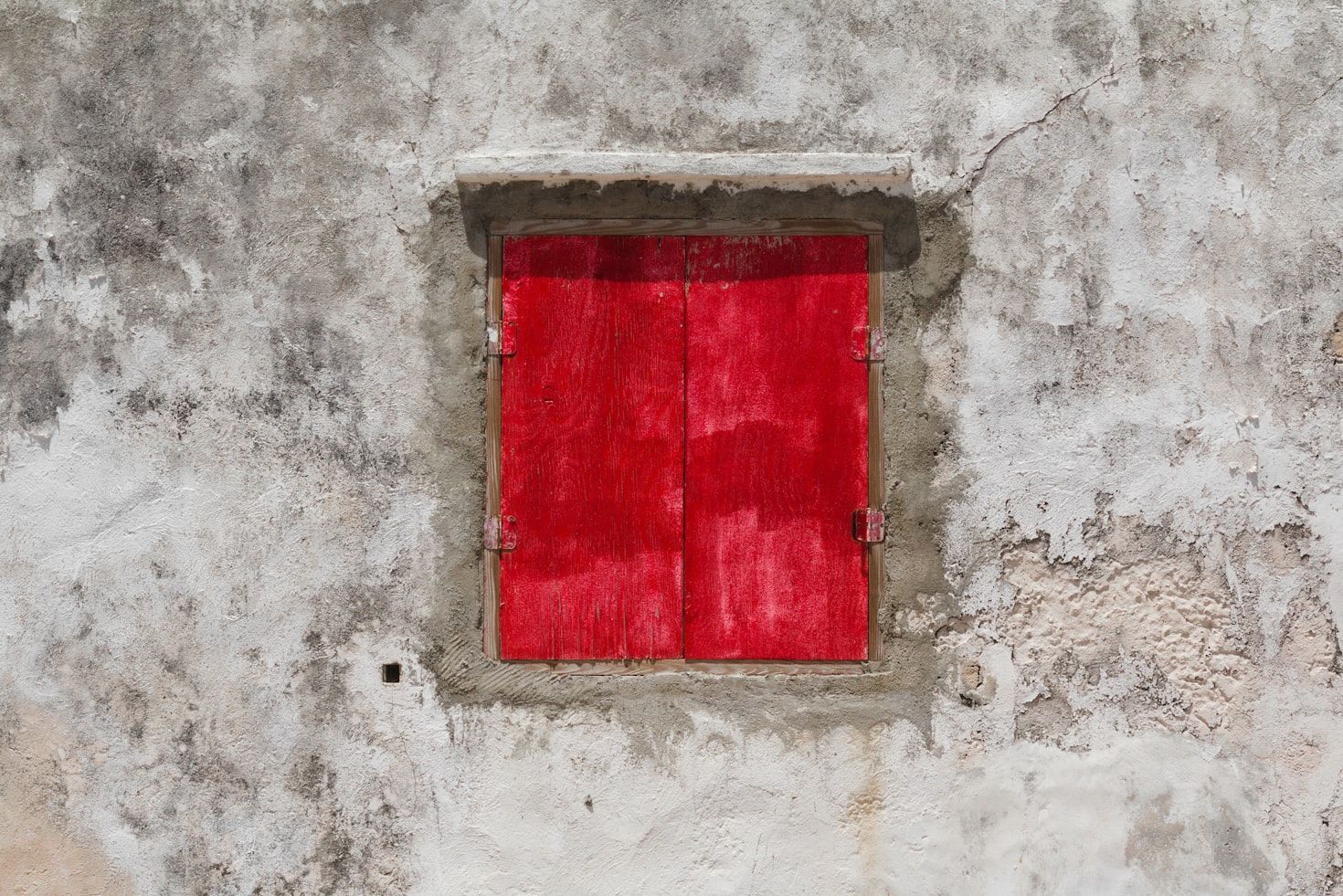 Credit: Stephen Pedersen
Credit: Stephen Pedersen
Almost all of us have had one of those mornings with a terrible headache and no clear memory of what happened the night before. Chances are, we were out painting the town red. When someone goes out partying with friends, we say they're painting the town red—but why that color?
The origin of this idiom is believed to date back to 19th-century England. According to several sources, in 1837, the Marquess of Waterford and his friends went on a drunken spree through a town, committing wild pranks—including painting several buildings with red paint.
Red-handed
 Credit: engin akyurt
Credit: engin akyurt
Although we often use this popular idiom in casual conversation today, its roots go back nearly six centuries! That’s right—historians trace the origin of the phrase to 15th-century Scotland, where someone was said to be caught red-handed if they were discovered at the scene of a crime—literally with blood on their hands. But since metaphor is the name of the game when it comes to idioms, we no longer need actual blood—or even a real crime. These days, catching someone red-handed might just mean finding your brother-in-law sneaking a piece of cake from the fridge.
True colors
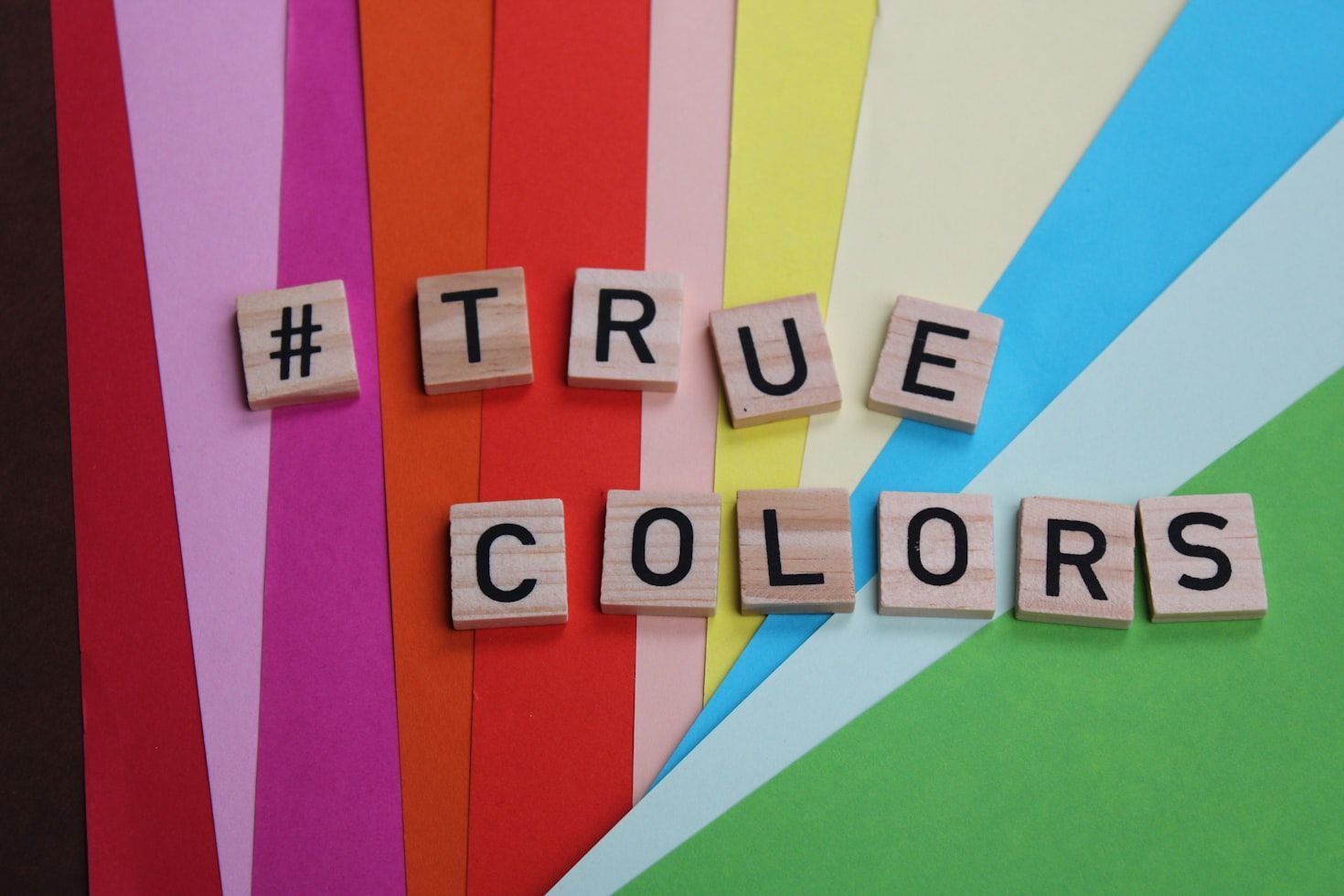 Credit: Merve Sehirli Nasir
Credit: Merve Sehirli Nasir
If you're on a first date, it's better to wait before showing your true colors. But what exactly are our "true colors"? This idiom is about revealing what's beneath the surface—our true character, intentions, or feelings.
The phrase dates back to 17th-century naval warfare, when ships were expected to fly their true flags to show their identity. Some deceptive vessels, however, would fly false flags—or "colors"—to trick others.
Black or white
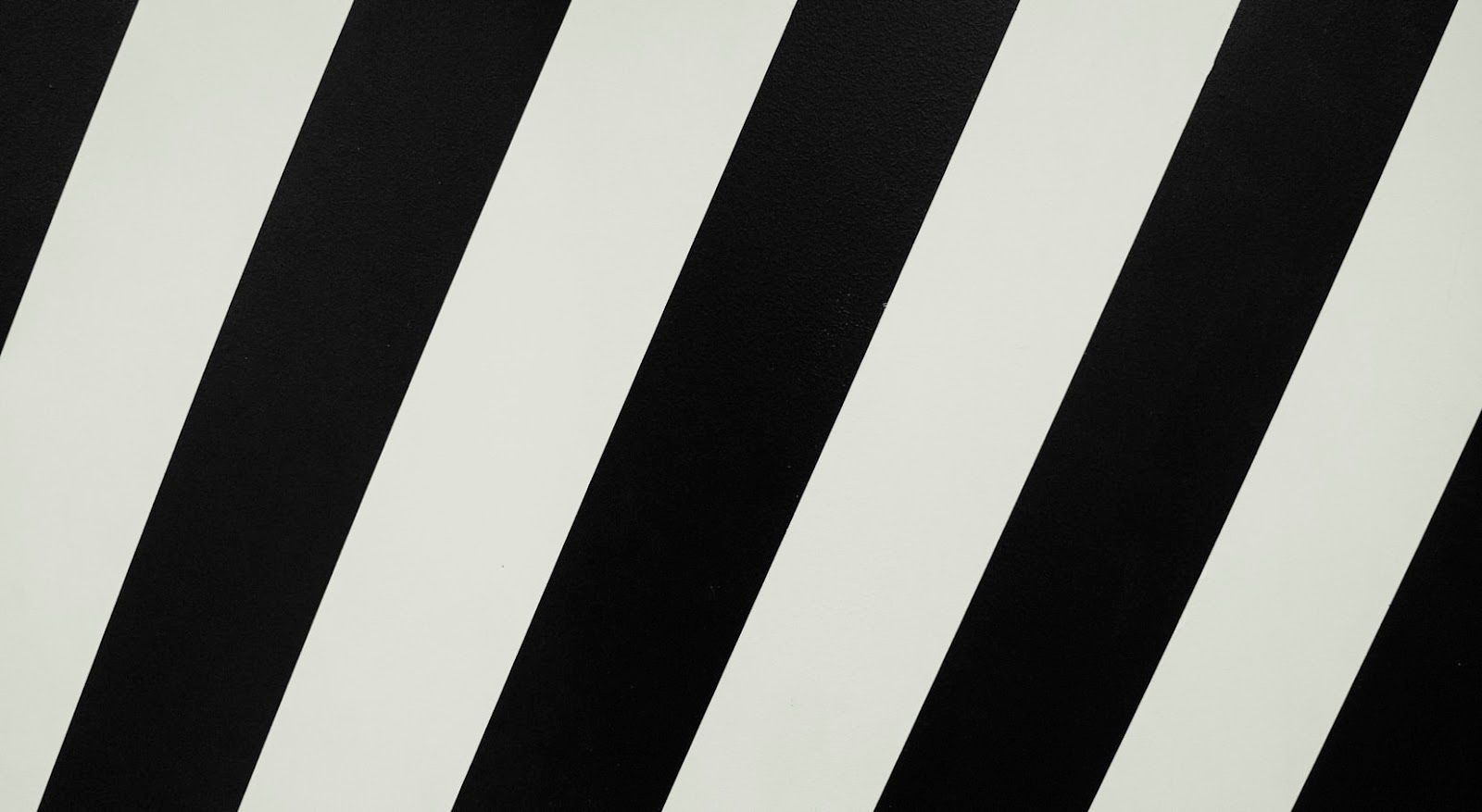 Credit: Grimur Grimsson
Credit: Grimur Grimsson
Well, let's say this idiom is fairly self-explanatory and uses color symbolism to describe extremes. When a situation is black or white, it means there’s little room for nuance—you’re expected to choose one side or the other, with no middle ground. It’s the classic "all or nothing" mindset.
True blue
 Credit: Evgeniya Shustikova
Credit: Evgeniya Shustikova
We all have that one loyal friend who’s always there for us—the kind of person who keeps their word and stands by you no matter what. That’s what it means to be true blue. The idiom is believed to trace back to medieval England and Scotland, where high-quality blue dye was prized. If the color didn’t fade over time, it was considered reliable—true blue.

